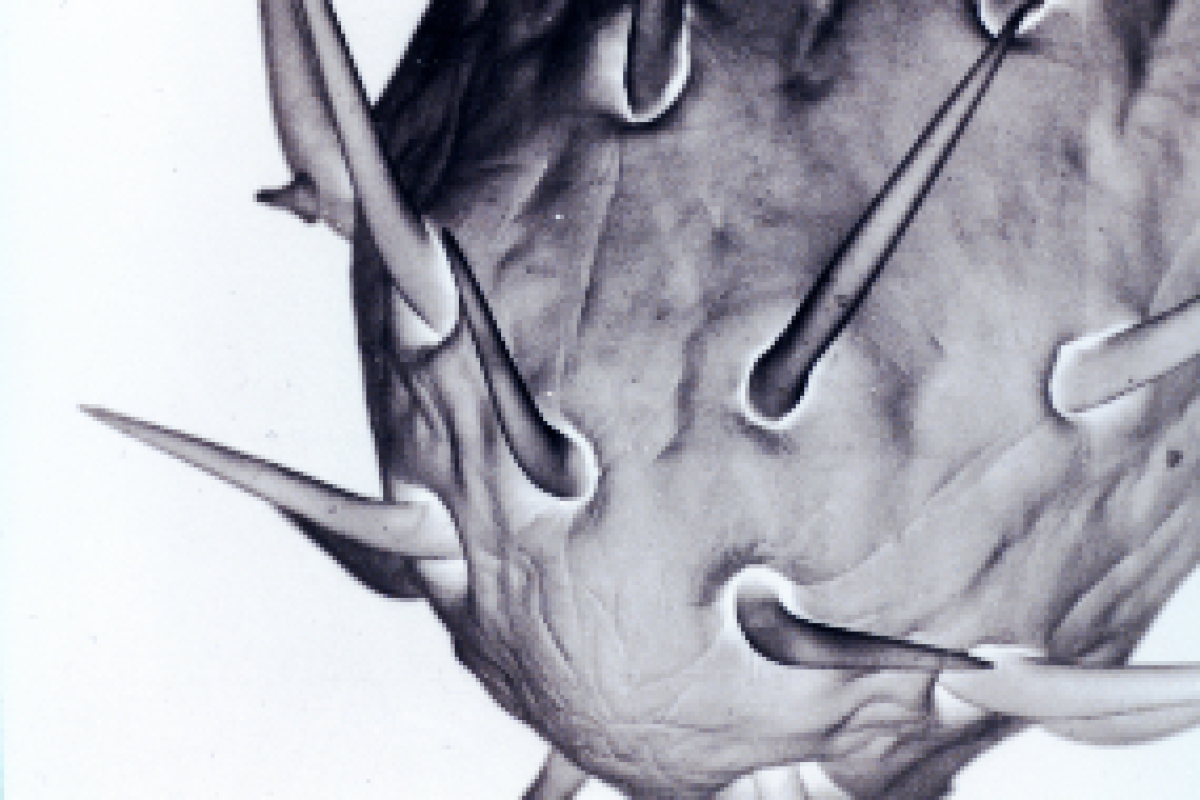Endocrine disruption and parasites project

Cefic Long-Range Research Initiative:
Endocrine disrupting effects in fish induced by
parasites – EMSG 42
Recently evidence evolved that environmental compounds can interfere with the endocrine systems of wildlife and humans. Surface waters are suggested to be the main sink for these so called endocrine disruptors (ED).
Therefore aquatic species seem to be the main targets of such compounds and there is major concern that especially fishes can be endangered by ED affecting reproductive physiology via (anti)estrogenic and (anti)androgenic modes of action.
However, the causes of ED are still a matter of debate. The major discussion is focusing in a controversy manner on the question to which extent ED might be derived from natural sources, for instance sexual steroids and phytoestrogens,
or from synthetic origin, e.g. chemicals, being released into the aquatic environment. More recently, there is growing evidence that beside the already discussed ED a further natural reason namely parasitic infections might markedly contribute to endocrine disruption in wildlife
fish.
The recent proposal deals with the following working hypothesis: Endocrine disruption of reproductive biology in fish is not only caused by classical natural and synthetic ED but also by naturally occurring parasitic infections. In order to answer this hypothesis roach (Rutilus rutilus), an ubiquitous European species, is used as model fish and the parasites suggested to cause endocrine disrupting effects on reproductive biology are the helminth Ligula intestinalls and microsporidians.
Our hypothesis is that infections with L. intestinalis and microsporidians cause adverse impacts on reproductive physiology in roach under lab and wildlife conditions.
The combination of controlled lab infections with parasites and investigations of infected and uninfected wild roach of populations derived from relatively unpolluted as well as from polluted surface waters allows to get an estimation to what extent parasite infections might contribute to endocrine disruption in wild life concomitant with the detection of the basic physiological mechanisms underlying these reproduction disrupting effects.
The methods and endpoints used within this proposal range from classical histological investigations of organs involved in reproductive physiology, gonads and pituitary, over biochemical serum parameters such as sex steroids to expression studies of genes becoming potential targets of ED caused by parasitic infection.
In addition to classical in vivo studies comparing lab controlled infection studies and investigations of infected and uninfected wildlife roach, in vitro studies using gonad and pituitary preparations are designed in order to determine also the basic physiological mechanisms underlying the endocrine disrupting effects cause by parasitic infections.
Scientists involved: Sabrina Frank, Bernd Sures
in cooperation with Prof. Dr. W. Kloas,
Department of Inland Fisheries,
Leibniz-Institute of Freshwater Ecology and Inland Fisheries (IGB), Berlin
Website
funded by CEFIC-LRI
Website

